Third day in Istanbul, and we woke up with a sense of urgency – there was still so much to see. Getting lost in the city was not an option this day. We headed for Topkapi Palace, aware that it was a time consuming experience, and considering skipping lunch altogether.
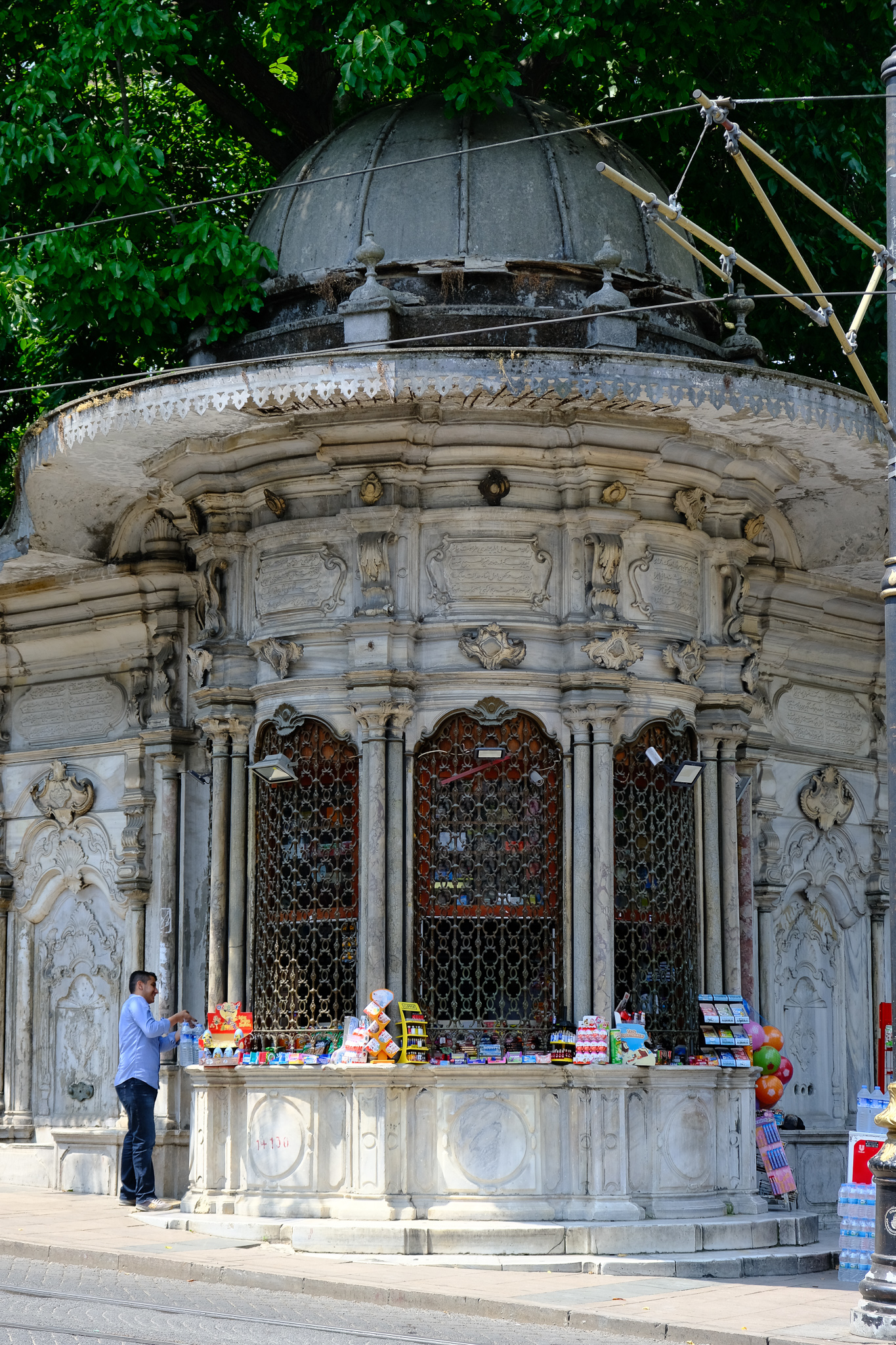
Unlike much of the royal quarters you see dispersed through European capitals, I got the feeling this Palace was built to enjoy the sun. The outdoors were inviting and seemed encouraged: the patios, the courtyards, the balconies overlooking the Bosphorus. Everything compels you to look outside, absorb the view on a roofless area.

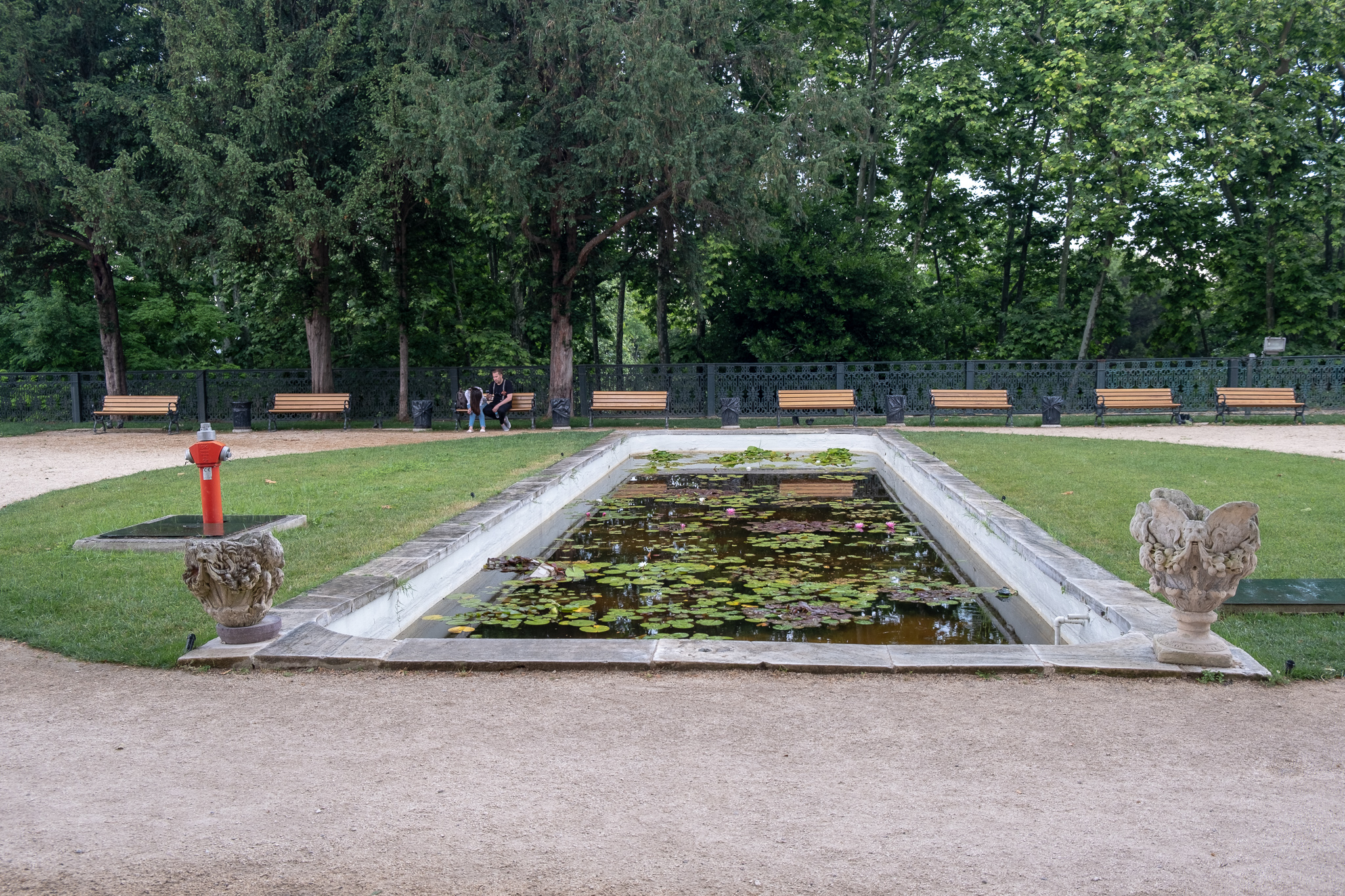
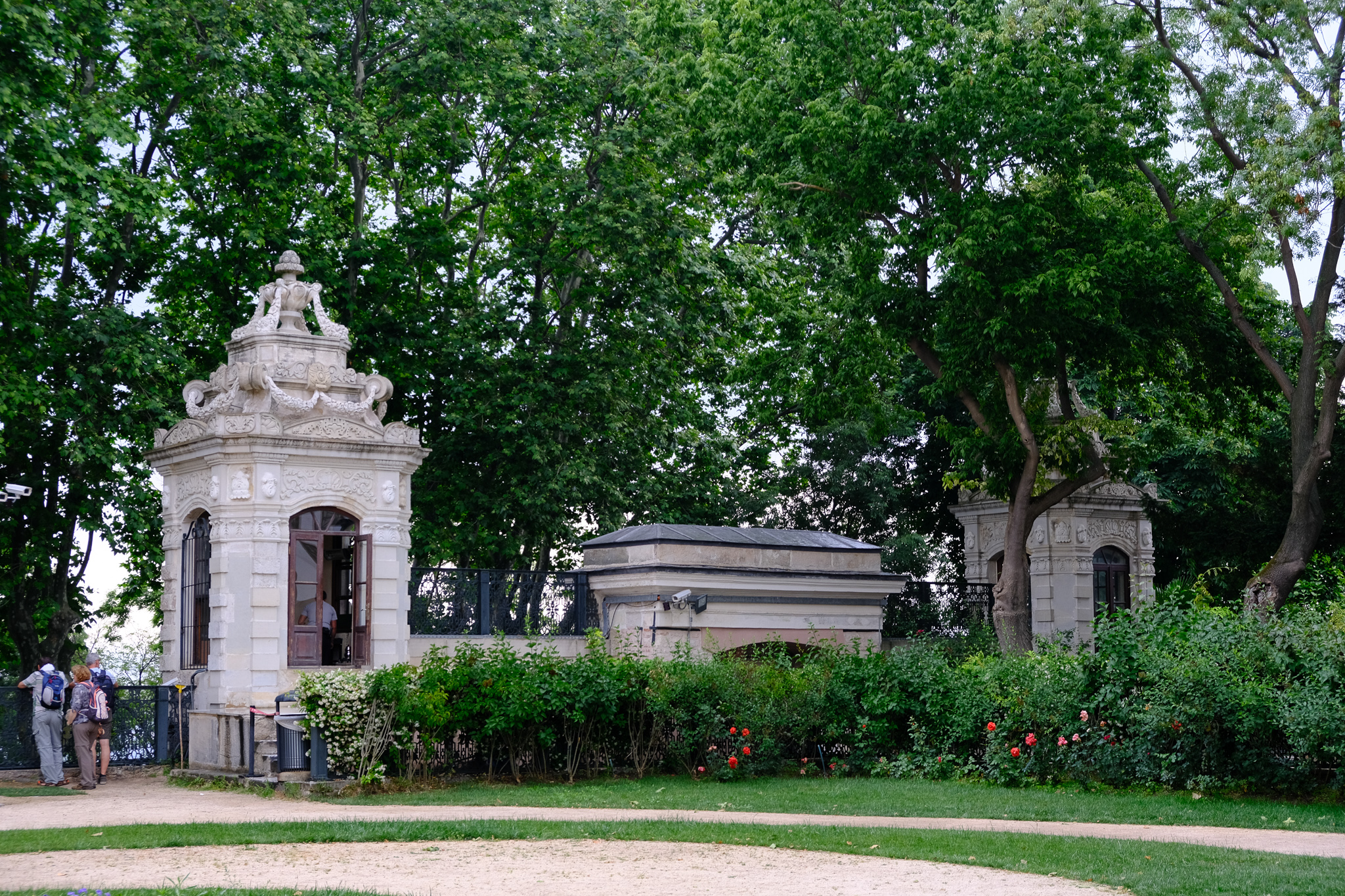
The entry courtyard had blooming flowers. Due to my lack of botanic knowledge, I don’t know if we were lucky to be travelling in June or if you’re able to appreciate the flowers any time of the year, but it felt precious.
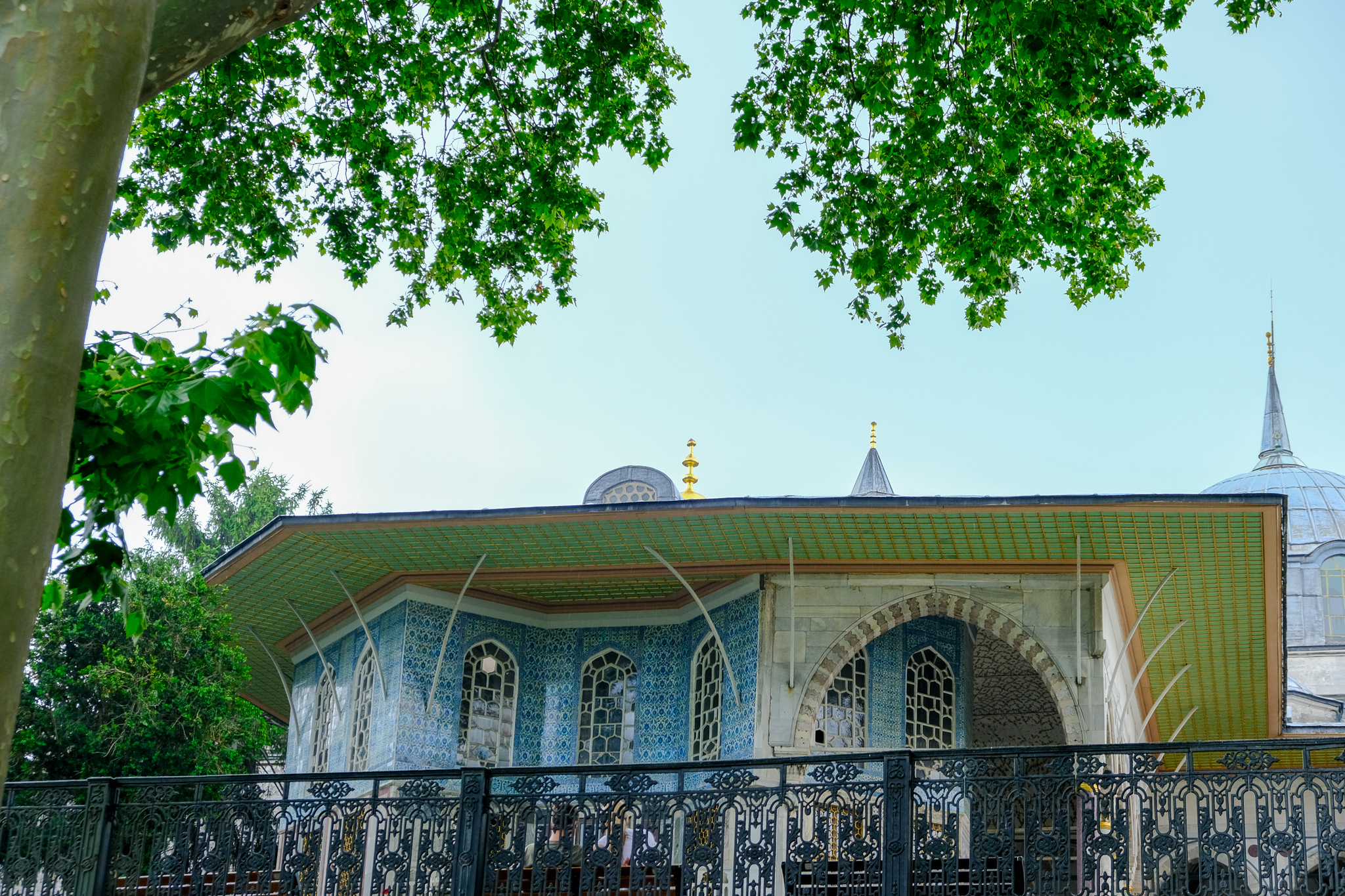
I went into the Palace without having investigated anything prior, and that was on purpose. I wanted to go without preconceived notions, because there are more stories than facts – specially about the Harem – and I wanted to learn everything from the source. Funnily enough, at the site there wasn’t much to be learned. The descriptions at the entrance of the rooms had very little information, the English seemed like it was translated by aid of an automatic translator tool (and this was recurring throughout the city, I think a revision of the English descriptions with a proper translator is much deserved to make justice to the heaps of History Istanbul carries).
The mosaics were amazing. I couldn’t stop admiring the ceilings.
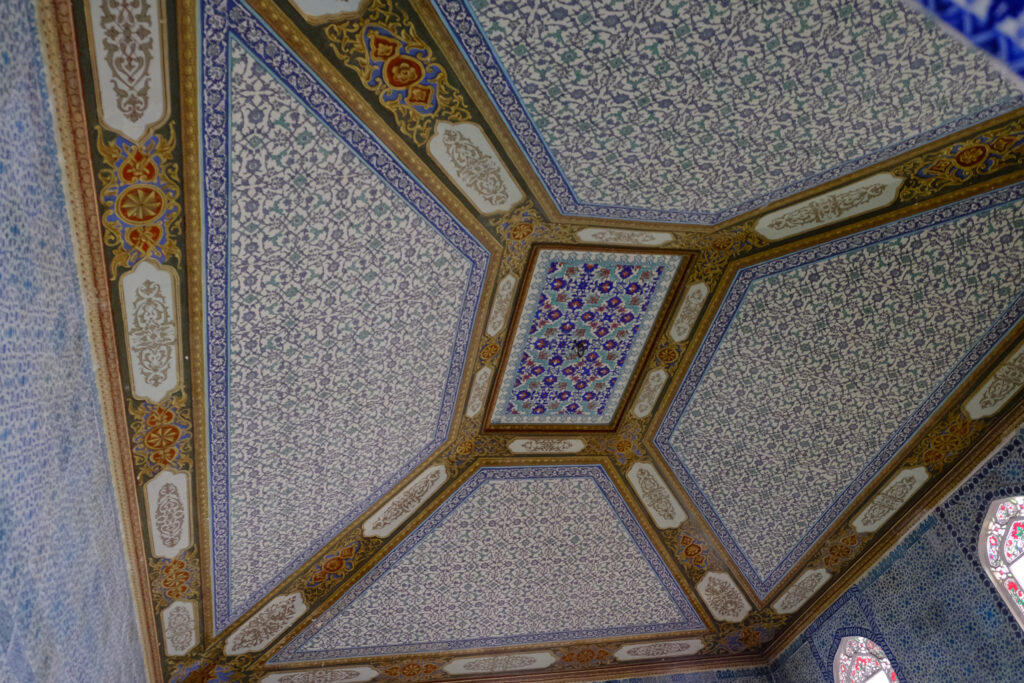
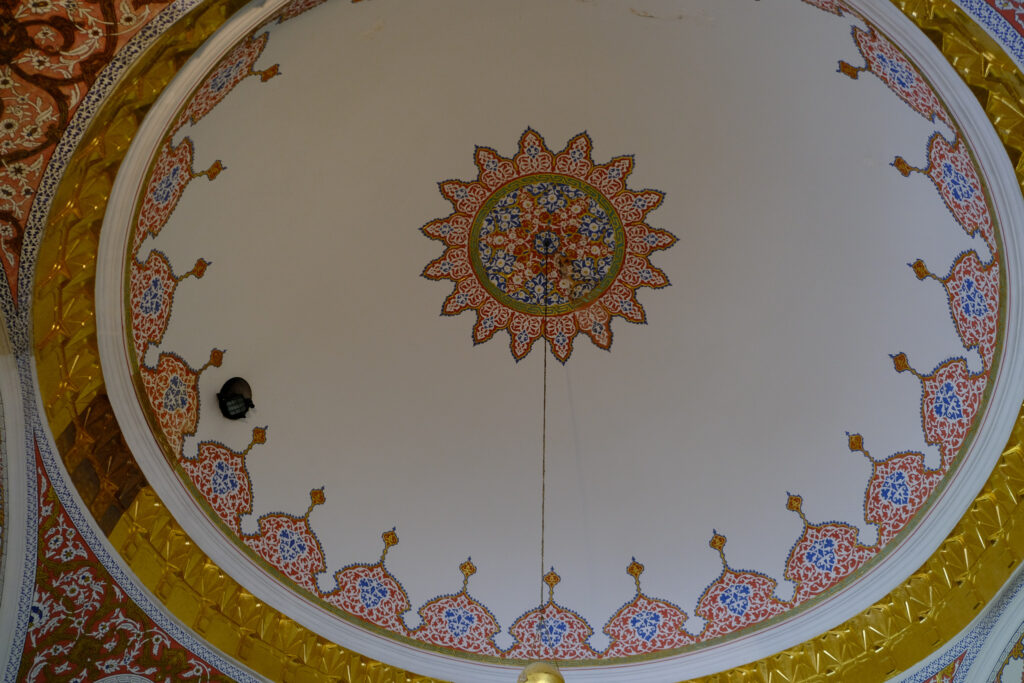

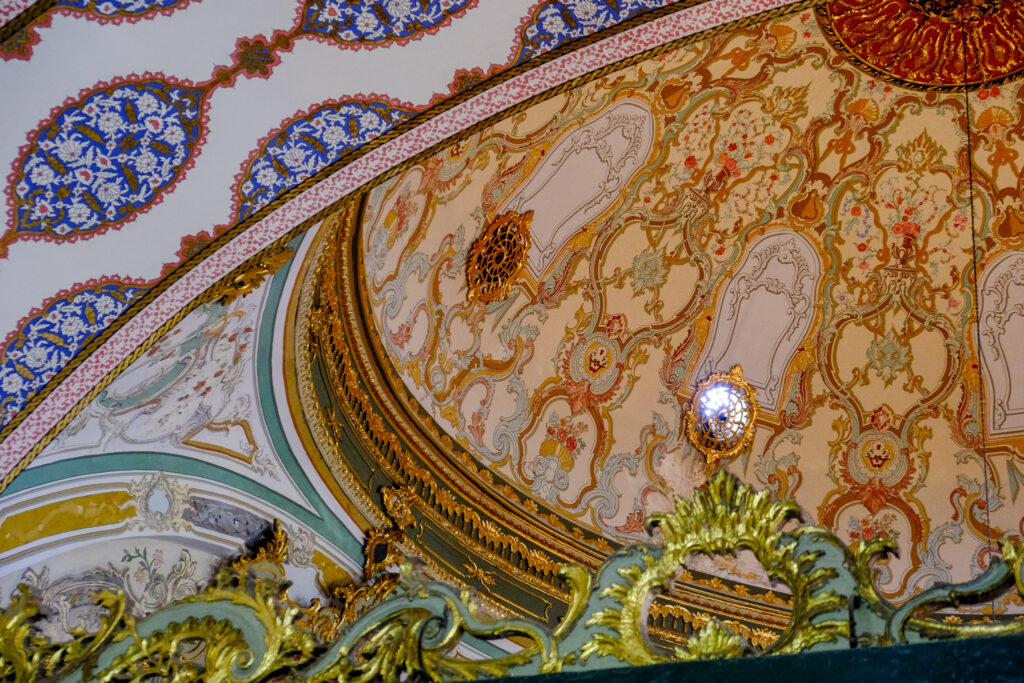
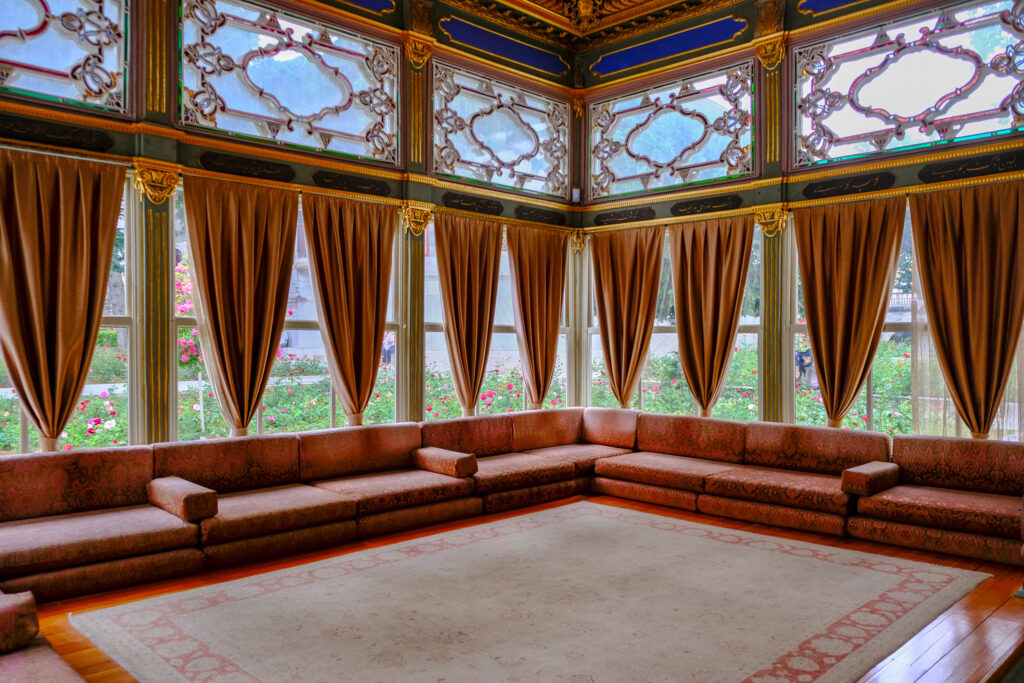
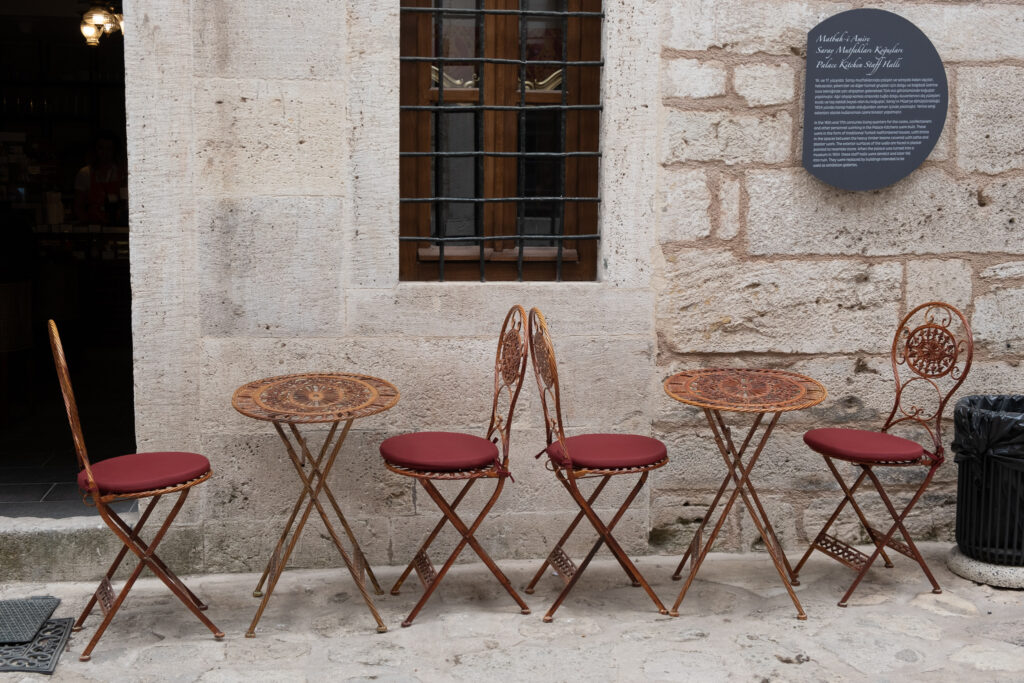
And as our visit to the Palace went on, a filter became apparent. When we entered the Harem,in a room referred to as the “students” quarters, the only description available was of how they had extensive education when arriving at the Palace. Then we passed by a door in which a plaque on the side had written “Black Eunuch’s Mosque”. But no other mention of the Eunuchs, nor how or with they became eunuchs, and what they were doing there (and yes, it’s what you’re thinking – only one cock in the coop). No mention’s of how the concubines got there, what their purpose was. Not a peep about sex.
There is also a rule instituted in the women that they would not talk about life in the Harem, and this lasted until the last Harem of them all, when the Sultanate was abolished in 1922.
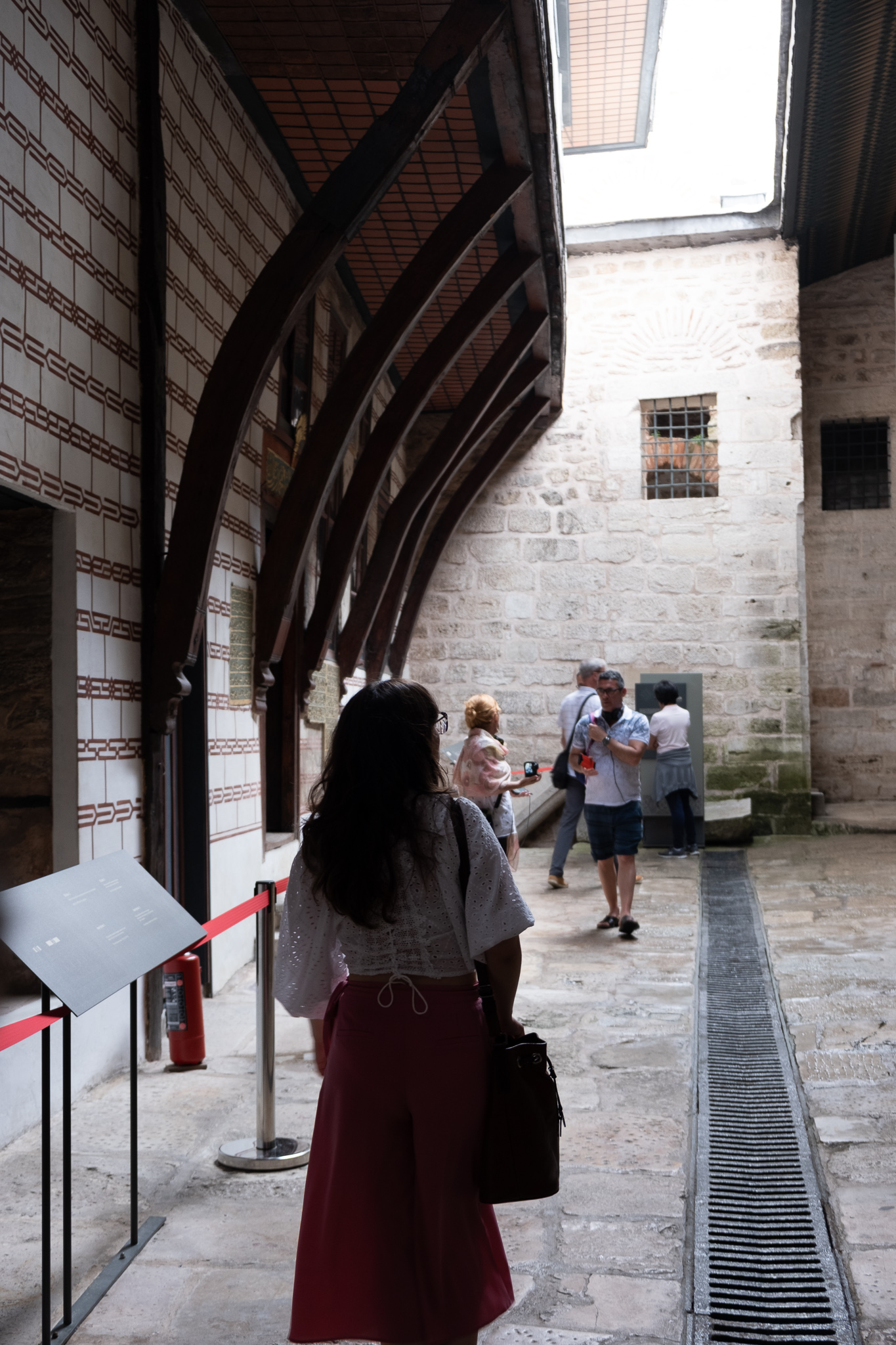
And yet, when we hear about Harems, eroticism is the first thing that comes to mind. Any little research of “harem” in articles, literature or the big screen, and allusions to sexual fantasies are the first thing to appear – it has, not uncommonly, been described as heaven on Earth. Heaven for who?? I remember being a kid and discovering what a harem was for the first time – and what I felt was dread. It seemed like a gruesome concept, the subjugation of all those women. Who would want to belong to a guy, simultaneously with a bunch of other women, voluntarily? Turns out none, because these women where slaves. I was so fascinated with the lack of detail at the Topkapi Palace that extensive research then ensued.
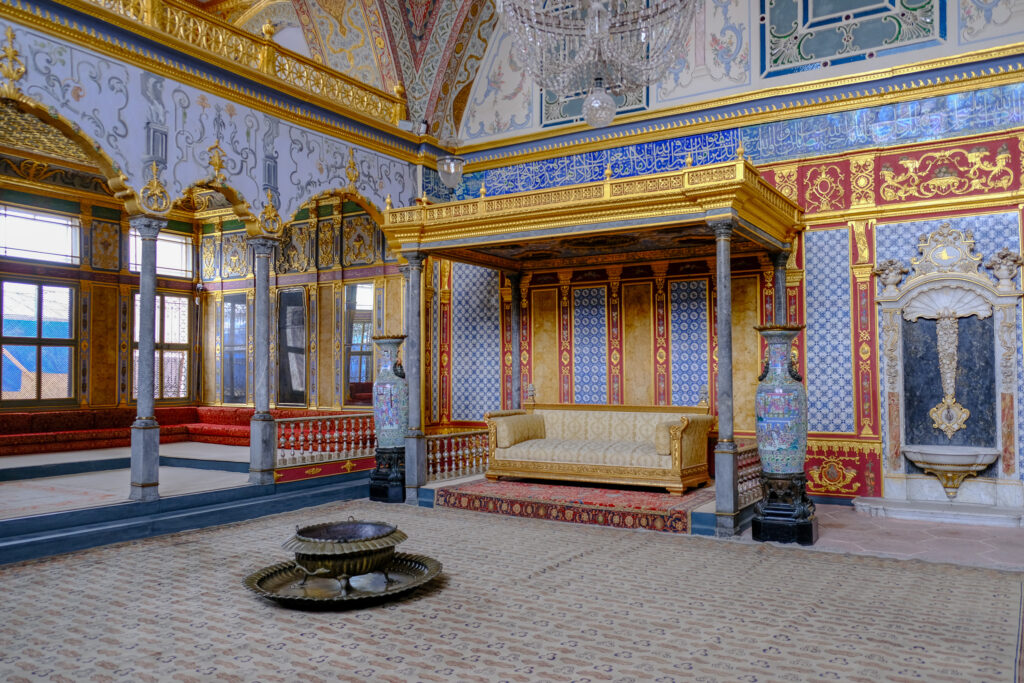
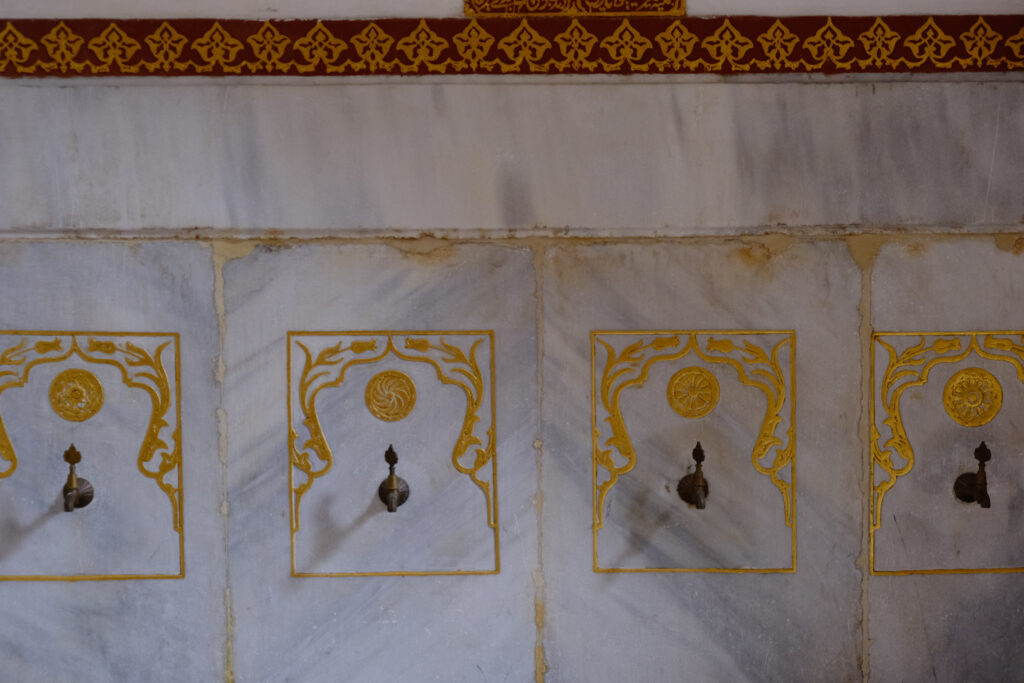
These rooms contained, at some point, hundreds of women slaves, mainly captured during war. They were there to guarantee the offspring of the sultan and give continuity to the Sultanate. They weren’t Muslim because Muslim women were considered free and could not be made into slaves. The Black Eunuchs were their guards – and they were eunuchs to ensure that only the Sultan had sex with the Harem.
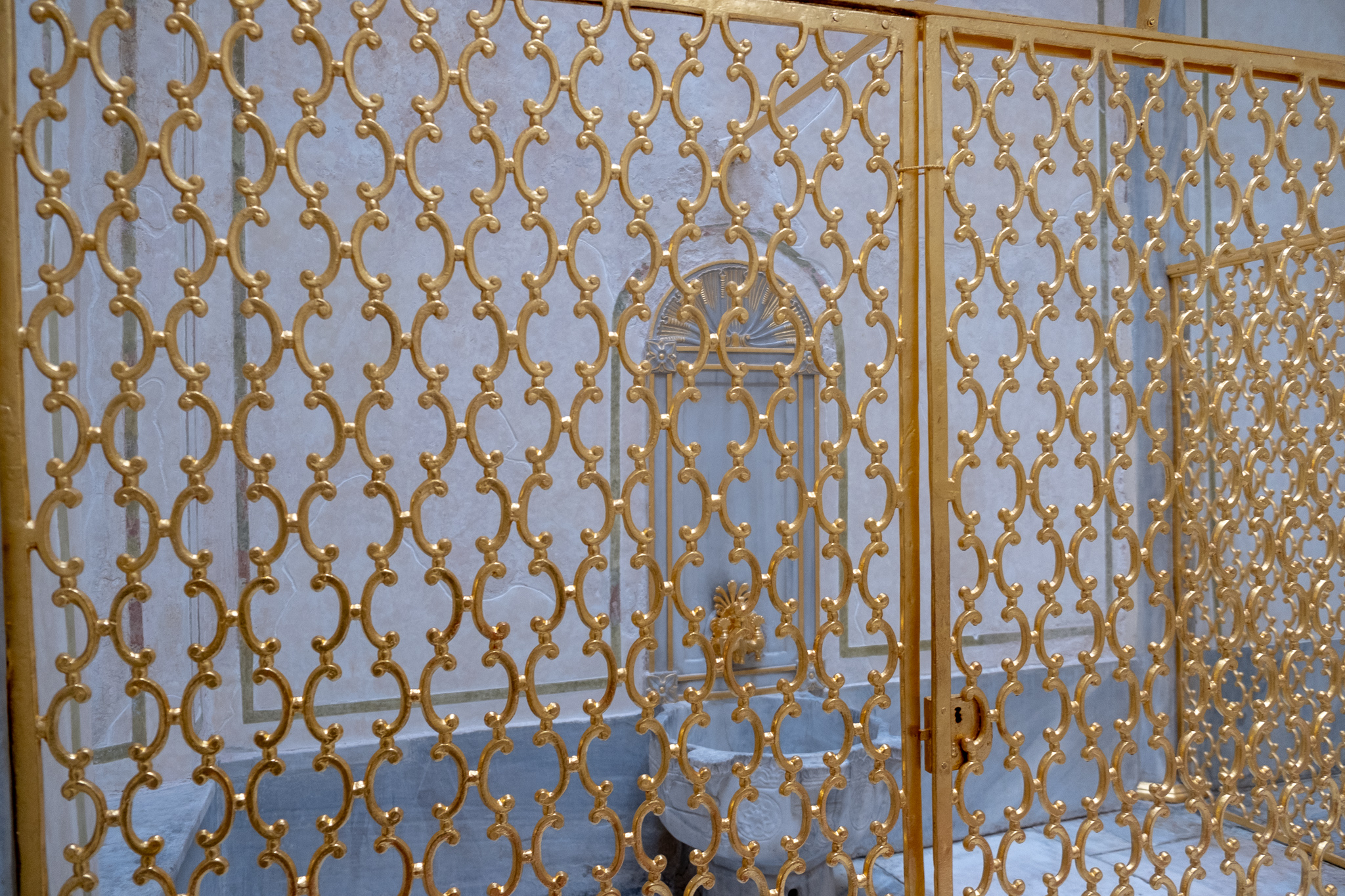
The cycle was such that a slave could be the most powerful person in the Empire – because the most important woman in the Harem was the Valide Sultan, the Sultan’s mother, and her influence and power was near absolute when the sultan himself was too young or too inept to rule independently. That’s why there was a period of time called the Sultanate of Women. Reality is so much more impressive than the pseudo-fantasies surrounding the Harem, I think.

After almost three hours at the palace, we strode for the Basilica Cistern. An inconspicuous entrance, where you have to bring cash because they don’t accept cards, leads us to a wet, cool and dark chamber that is another scale conundrum: once inside, it feels small and compact, but in the photos we took it looks like a cathedral.
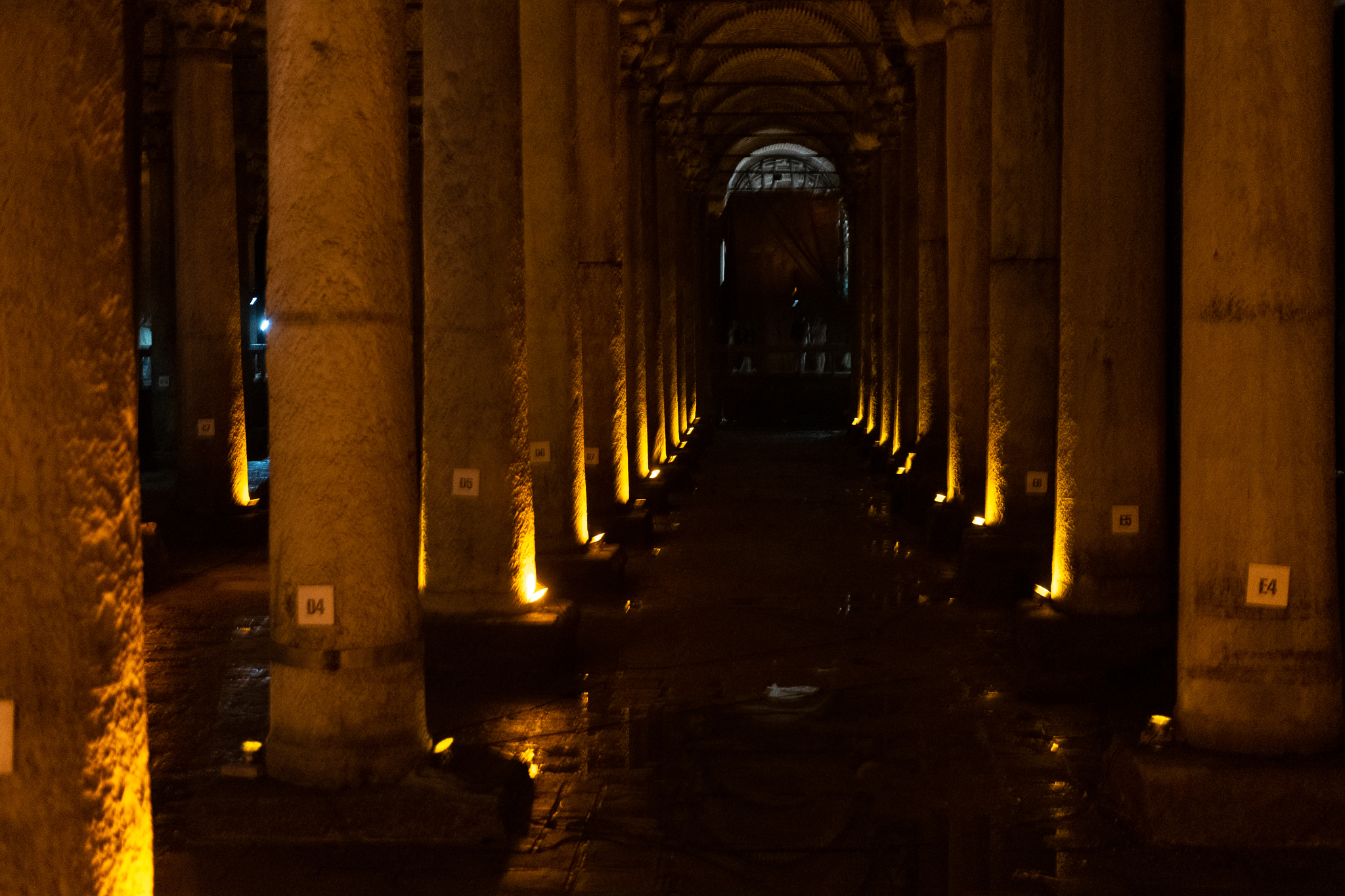
The outside is very unrevealing of the temple-like structure inside. A poetic looking place, apart from the hordes of tourists. It was built in the 6th century, so it has been witness to the rise and fall of empires in the city it feeds. The cistern is supported by an army of columns. Two of them, (the most “touristy” and popular), seem to be the columns ending in Medusa heads – the origin of such heads are somewhat of a mystery, and apparently there are theories of why they’re not right side up, and personally I agree with the most likely one – they’re in the position that was most practical for the support of the column. But really. How rich does your empire have to be to use a roman statue as a shim??
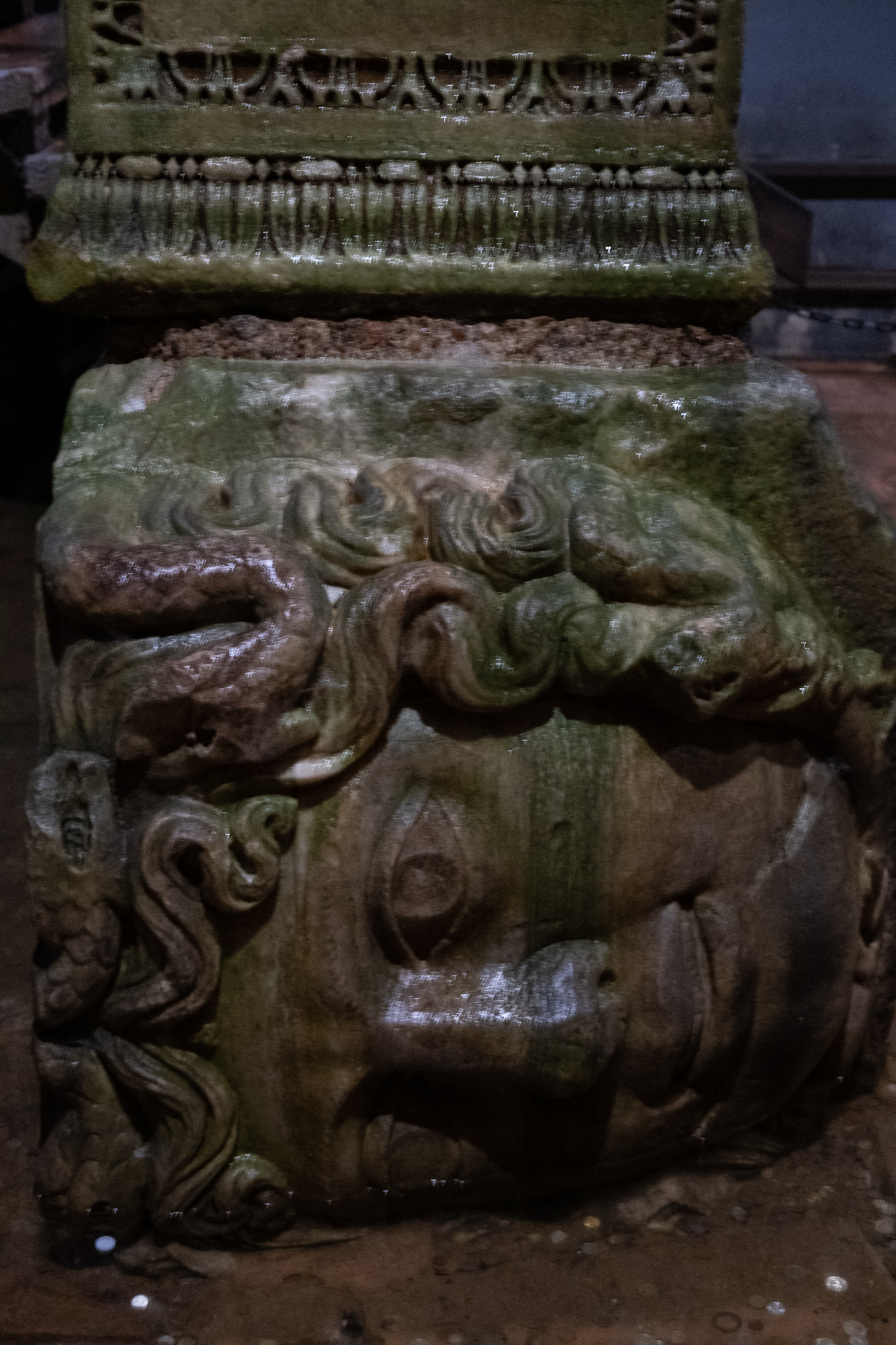
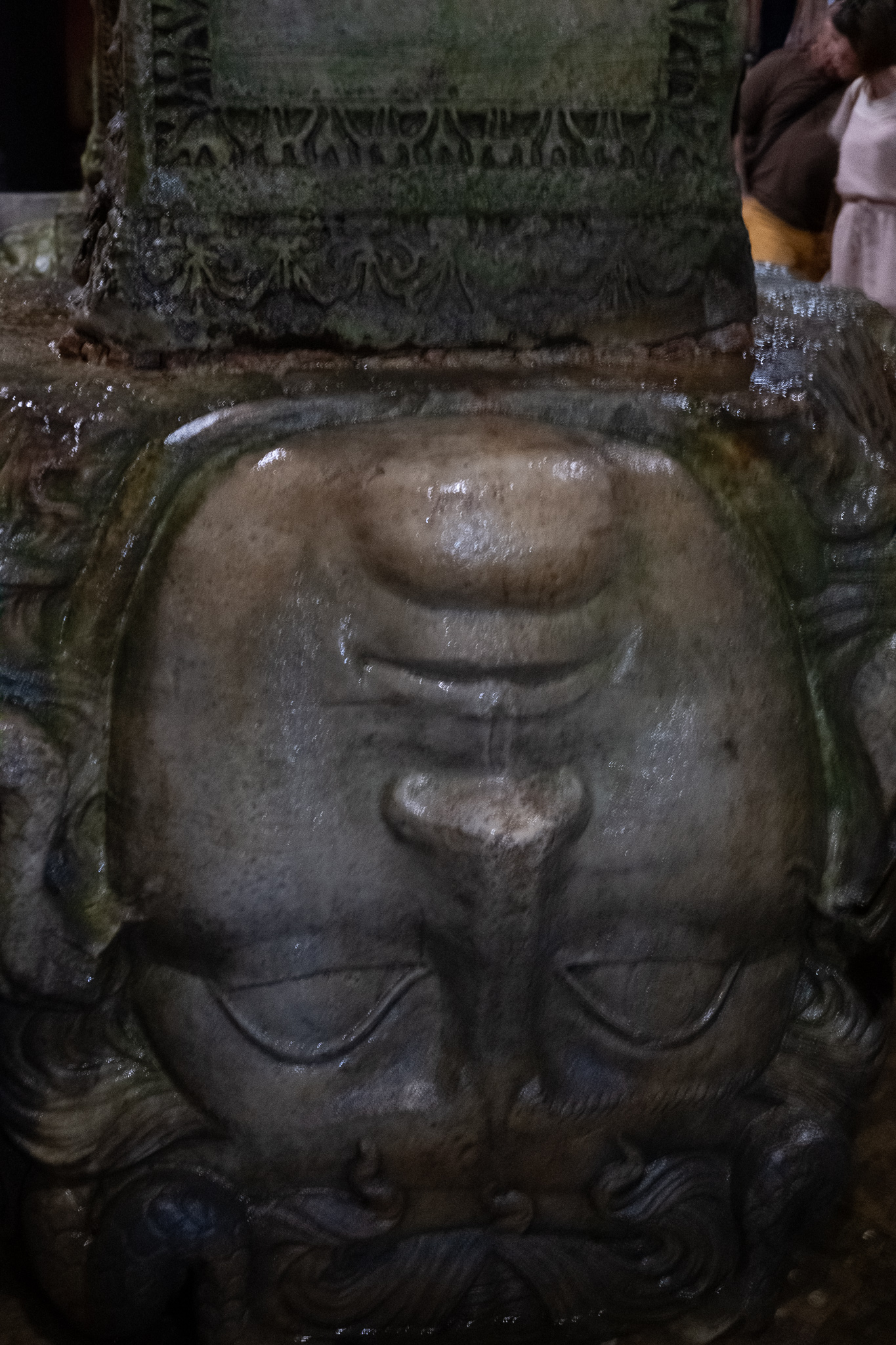
After the cistern we felt we could relax and take a break during the day. It was 17h00 and we decided to have lunch. It was on a restaurant between the cistern and the palace, that served food the entire day, and we chose to be in one of those low tables, where you sit barefoot on cushions on the floor. It was clearly made to attract foreigners but it served food the entire day and that was basically the only criterion at the time. As touristic as that location certainly was, the food was actually really good. I always have low expectations from places like these, but I wasn’t disappointed – the price was reasonable and the meal was great.
Our last ticket-entry stop for the day was the Archaeological Museum.
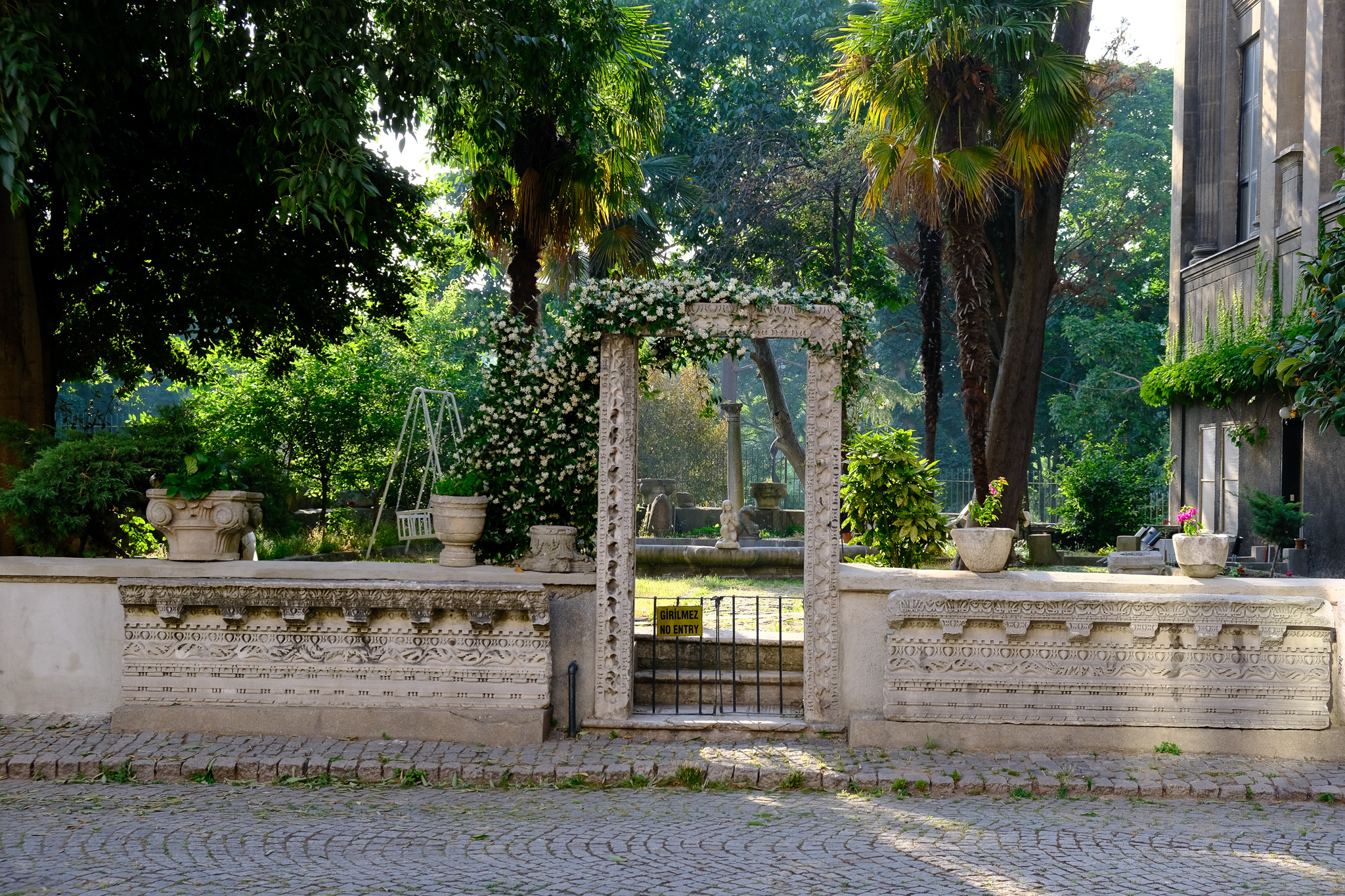
The museum is actually three buildings, located in former Topkapi outer gardens: the Museum of Ancient Orient (which was closed), the actual Archaeological building, and the Museum of Islamic Art. The way up to the museum was filled with column heads and ancient artefacts, like a graveyard of Roman architecture. The garden was pleasant and the sun had come up, so we took our time resting on the benches and enjoying the scenery.

The display we enjoyed the most was in the Islamic Art museum, in the Tiled Kiosk that seemed recently renovated. It was a beautifully intense display of mosaics.
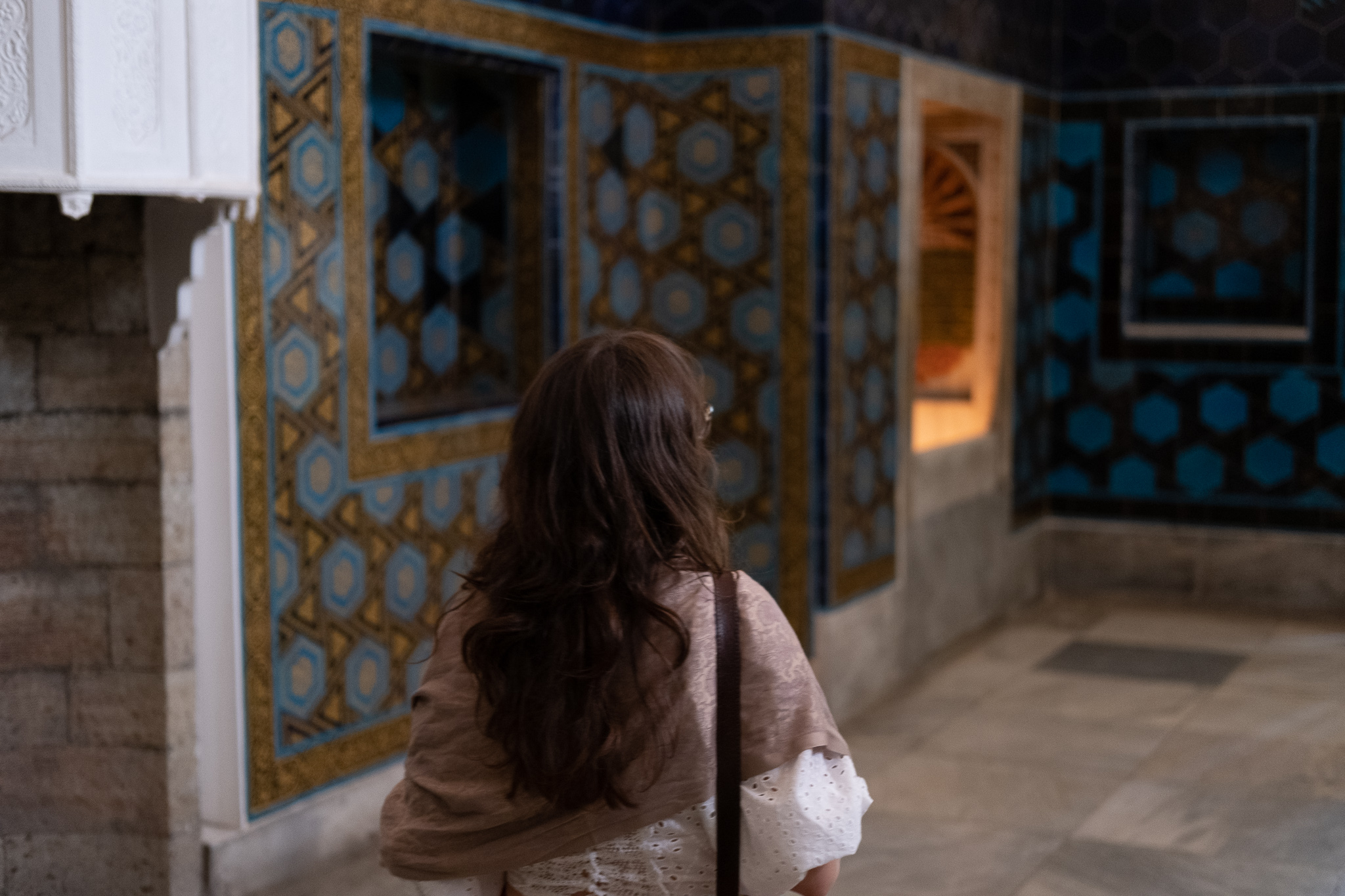
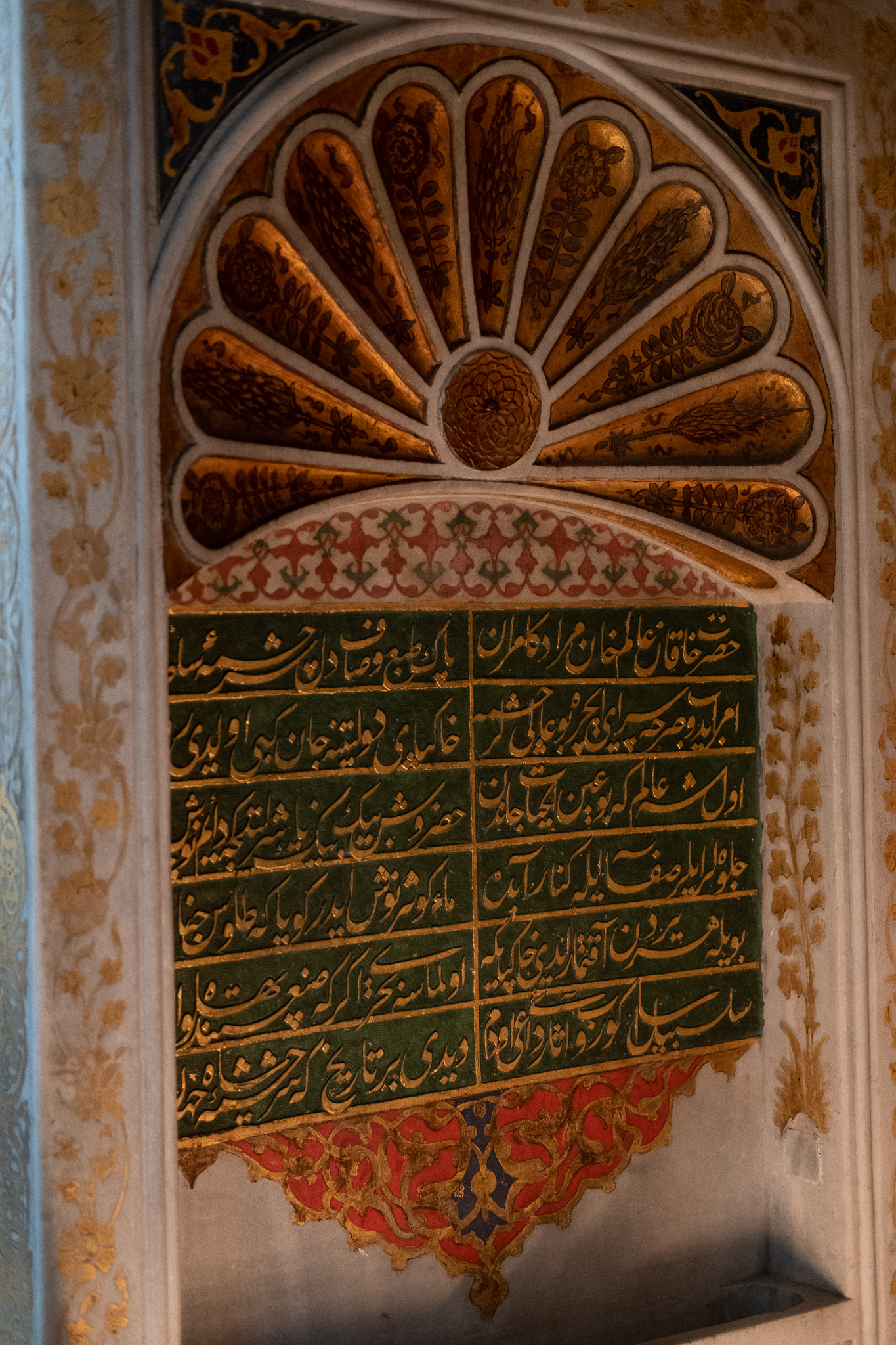
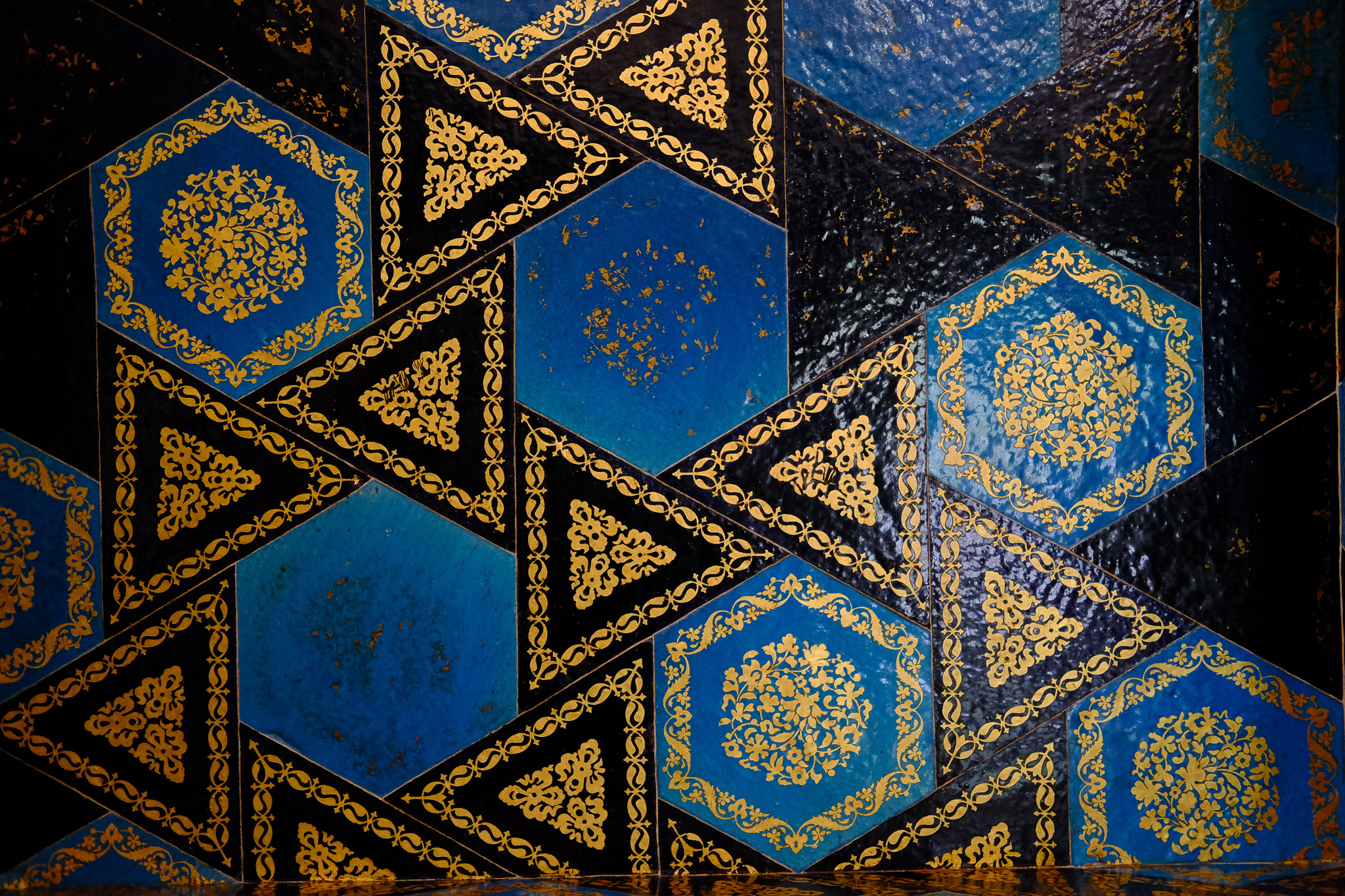
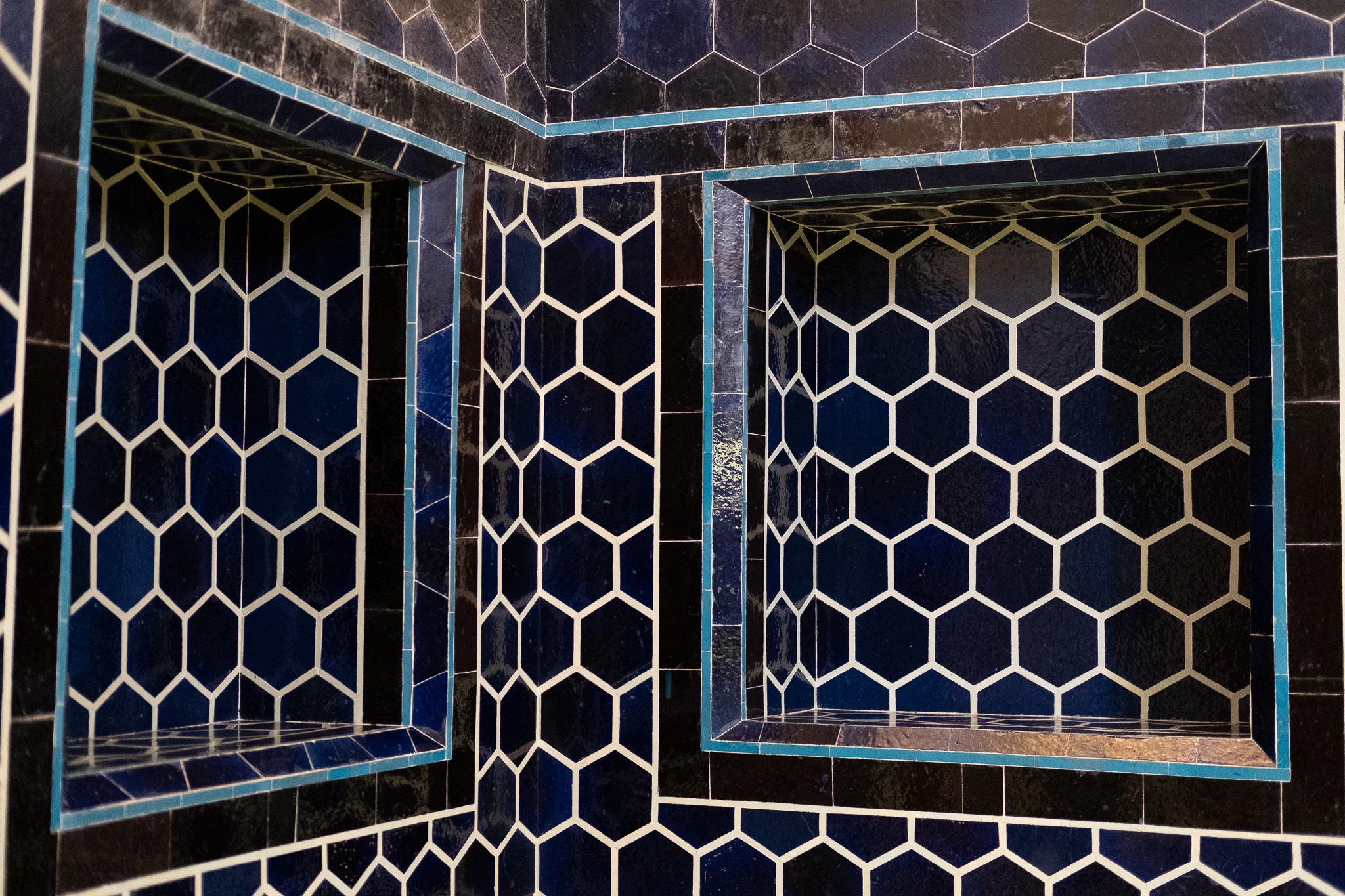
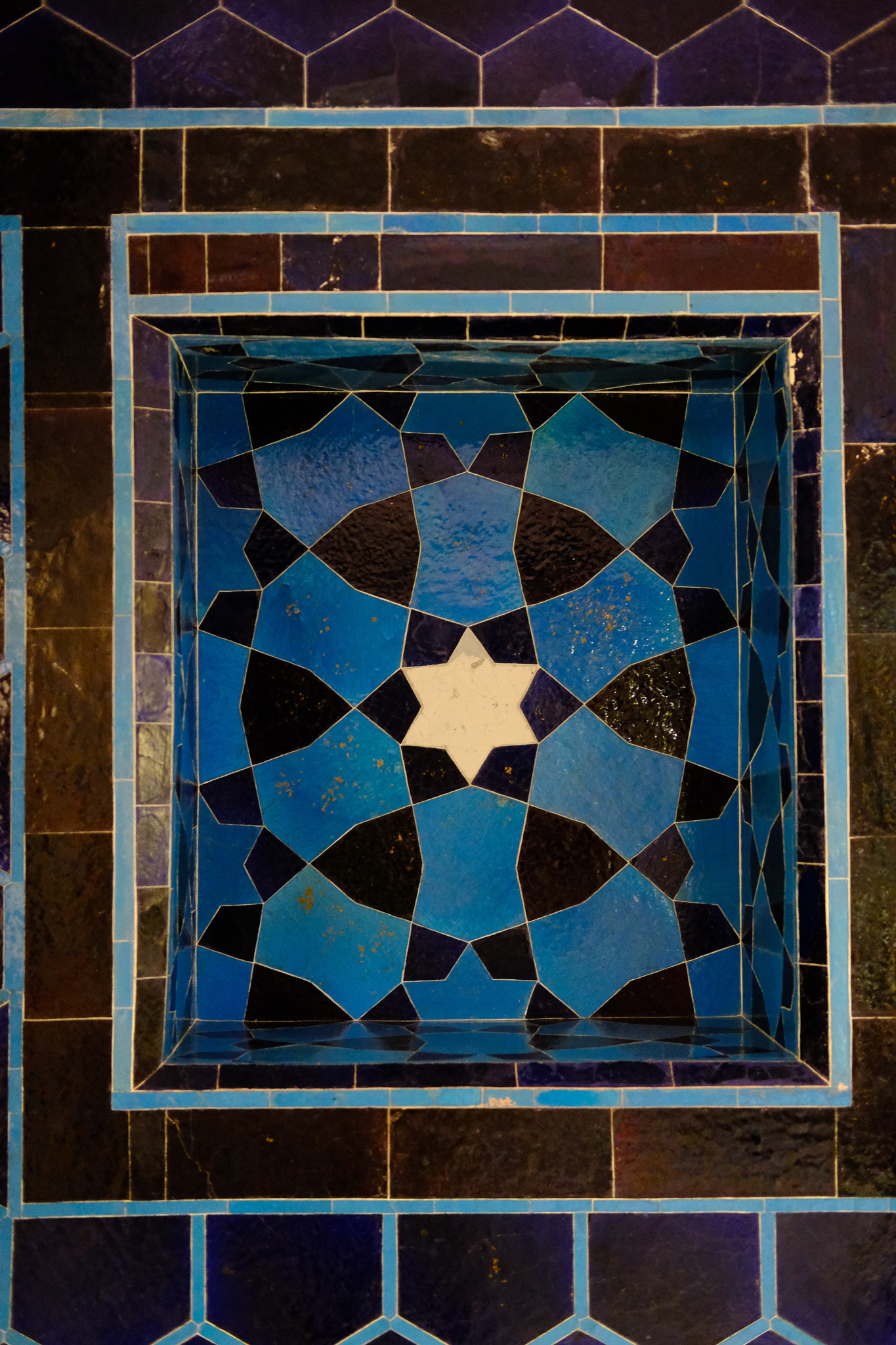
On our way out, a stray cat sat in my lap.
There was a park at the base of the road that led to the museums so we rested there for the end of the afternoon. Our last big landmark to see was the Grand Bazar, and none of us likes bargaining, so we had to recover and gain energy. Over our entire stay in Turkey, these parks (that were all so well maintained!) were really a breather.
We went to the Bazaar, where we purchased a couple of lamps from the most nonchalant guy ever in any market, anywhere. Seriously, he could not care less. We had to find the one. Good, because there was no back and forth and the prices were the lowest we’ve seen. We went near closing hour, there was no time for pictures. It’s one of those landmarks that you have to see because they’re so iconic, but they don’t really mean much to you, you know? It’s labyrinthine, indeed, but I felt that the stands were all very similar to each other.
Our night was spent roaming through Sultanahmet Square, enjoying the warmth of the night. We had only one more night left in Istanbul, but we felt accomplished at the end of that day.
Mainly because a stray cat came and sat in my lap.
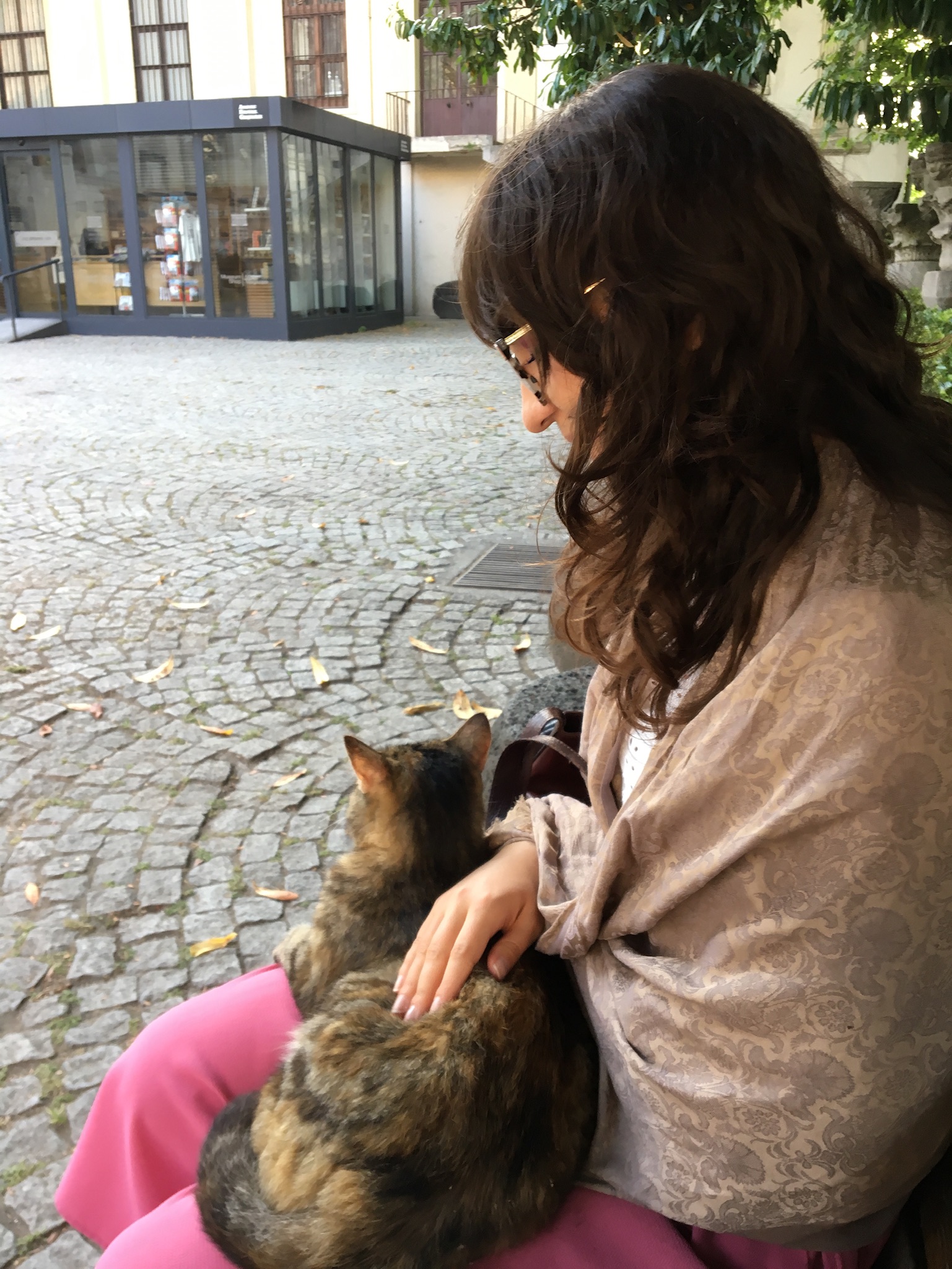
Photos by Sir Fiancé.
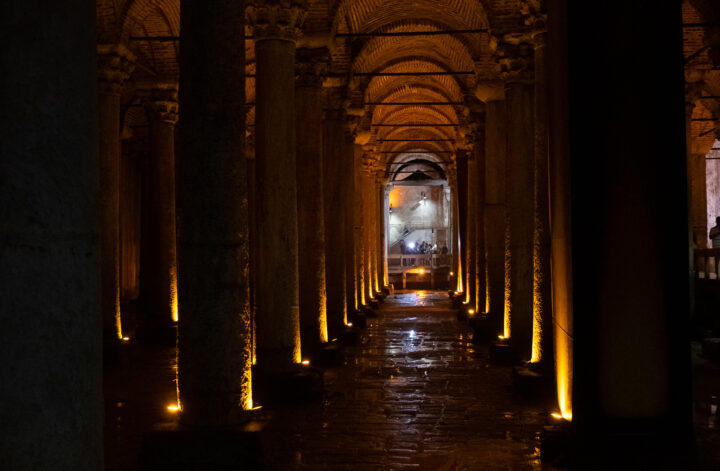
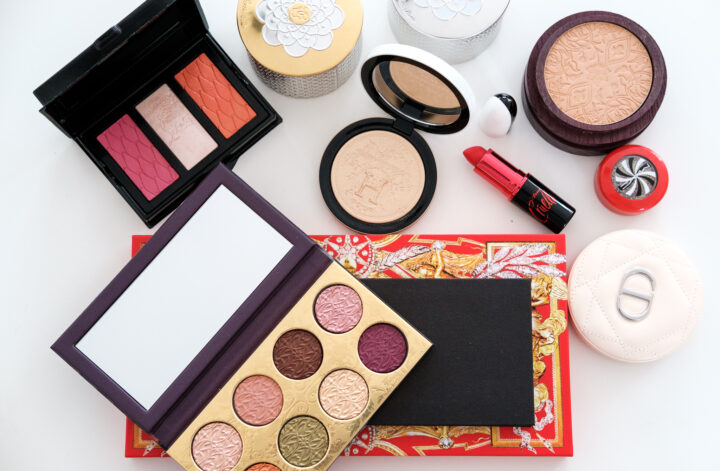

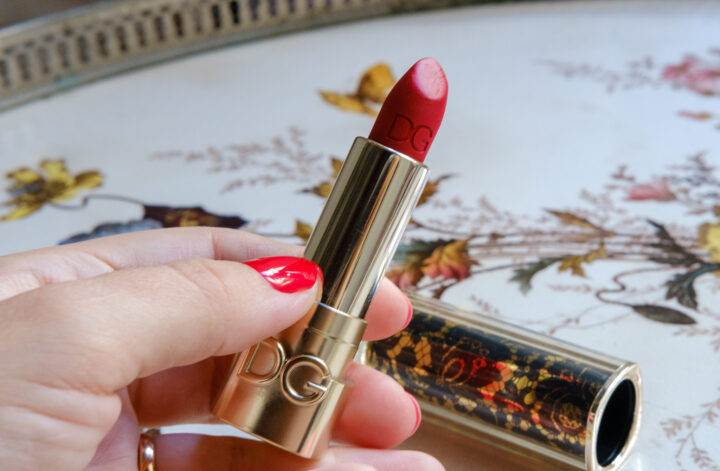
2 Comments